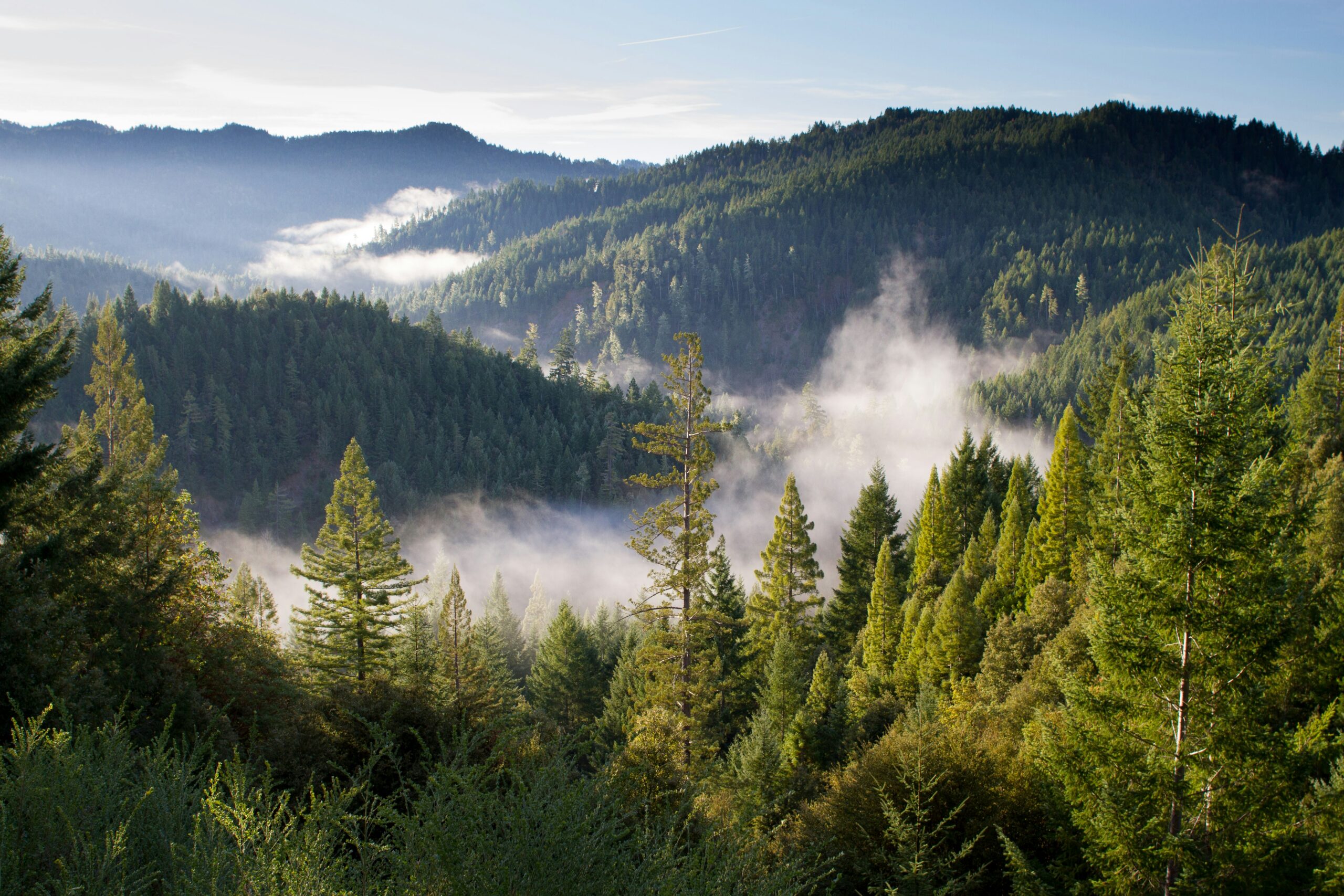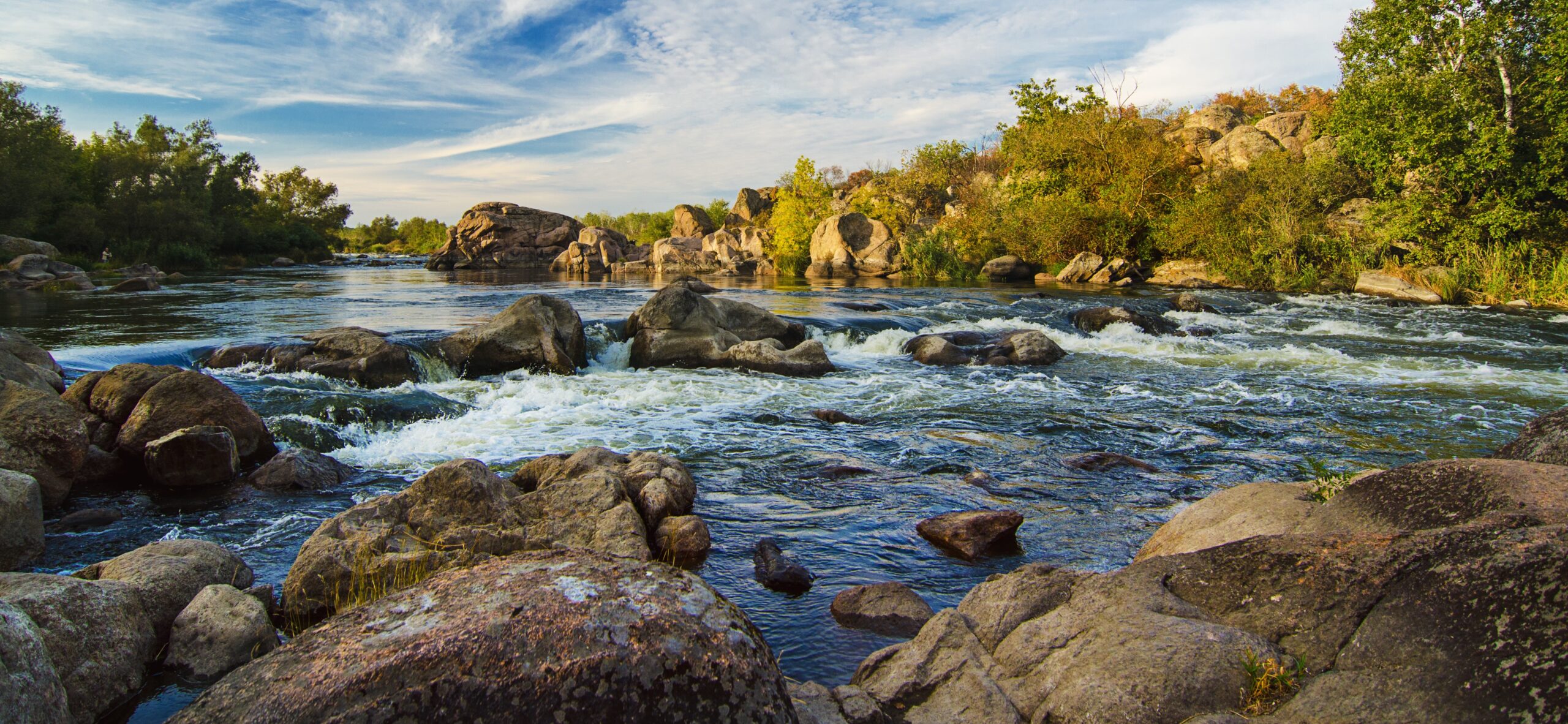
Fact Sheet
Nature-Based Climate Solutions: Forests
Overview
Forest ecosystems are an important mitigator of climate change, absorbing approximately 10% of U.S. annual emissions. But globally, deforestation is responsible for 10% of annual emissions. By protecting existing forests and promoting afforestation — planting more trees — there is great potential to further mitigate climate change, all while preserving habitat, reducing water and air pollution, maintaining access to nontimber forest resources, and supporting overall well-being. Limiting deforestation and promoting afforestation is one of the most cost-effective responses to climate change.
Key Point 1
Key Point 1
Some forests can sequester carbon more efficiently than others, but all types of forest ecosystems have a role to play. By requiring zero-deforestation in their procurement standards, states can help preserve forest ecosystems worldwide. (National Library of Medicine)
Key Point 2
Afforestation is an important climate strategy, but it’s important to plant trees in the right places. Afforestation on lands that were not historically forested (like prairies) can actually increase carbon emissions and destroy native ecosystems. (Mongabay)
Key Point 3
Urban forestry helps bring cooler temperatures to heat islands, which are disproportionately located in communities of color.
Key Point 4
Voluntary emission offset markets are easily manipulated to result in greater, not fewer, emissions. Legislators can explore payment for ecosystem services models like direct payments and tax incentives to avoid unregulated voluntary markets. (DeSmog; Ecosystem Marketplace)
Legislation
- California’s AB 1979 (2022) would create the Deforestation-Free Procurement Act by requiring a contractor with a state agency for the procurement of forest-risk commodities to certify that the commodities were not grown, derived, harvested, reared, or produced on land where tropical deforestation occurred.
- Maryland’s HB 991 (2021) incentivized and provided funds for afforestation and new forest conservation. It also set a goal for the state to plant 5 million new native trees, with a portion of those being planted in underserved areas.
- New Mexico’s SB 180 (2021) would create a reforestation center at a public university to address the impact of climate change on the state’s forests and support reforestation through seed bank, nursery, and planting programs.
- Washington’s HB 1216 (2021) authorized state technical assistance to cities, counties, and tribes in the development and coordination of programs for urban and community forestry. The state must assess urban tree canopies and administer a grant program.

Empower State Environmental Champions
Your donation funds the fight for equitable actions that protect the environment and our health.
Donate